16 Most Threatening Fish Of The Pacific Ocean
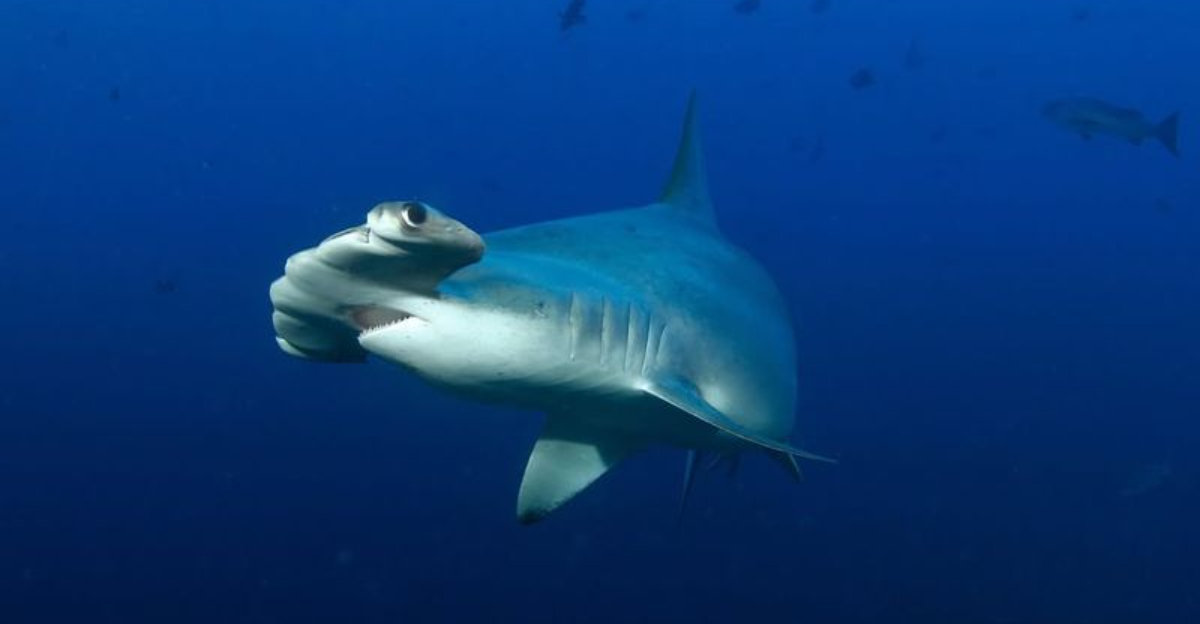
The Pacific Ocean, vast and mysterious, is home to a plethora of fish that are as fascinating as they are dangerous.
From the depths of the ocean floor to the coral reefs, these fish exhibit an array of threatening behaviors and characteristics that make them formidable creatures of the sea.
Let’s explore some of the most menacing fish that patrol the Pacific’s waters.
1. Great White Shark
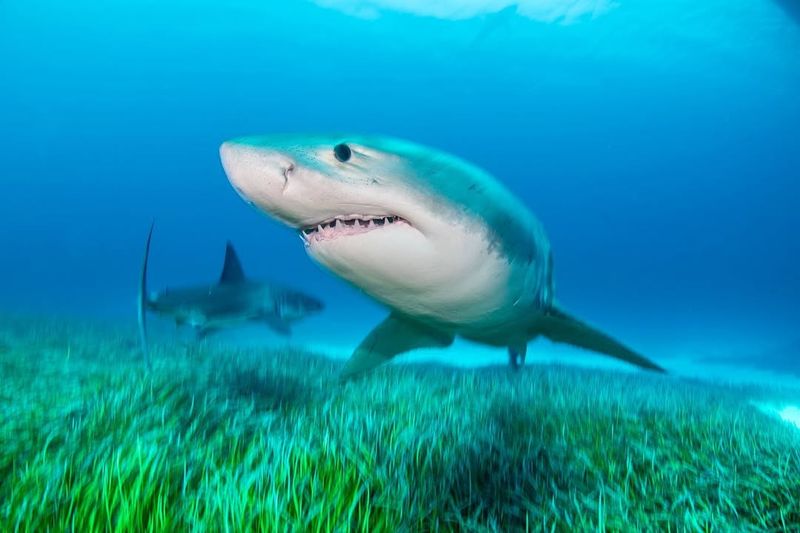
The Great White Shark, often feared by many, is known for its sheer size and powerful bite.
With an ability to detect even the faintest scent of blood from miles away, this predator commands respect. Typically, these sharks can be seen patrolling coastlines, often near seal colonies.
Despite their fearsome reputation, attacks on humans are rarer than you might think.
2. Lionfish
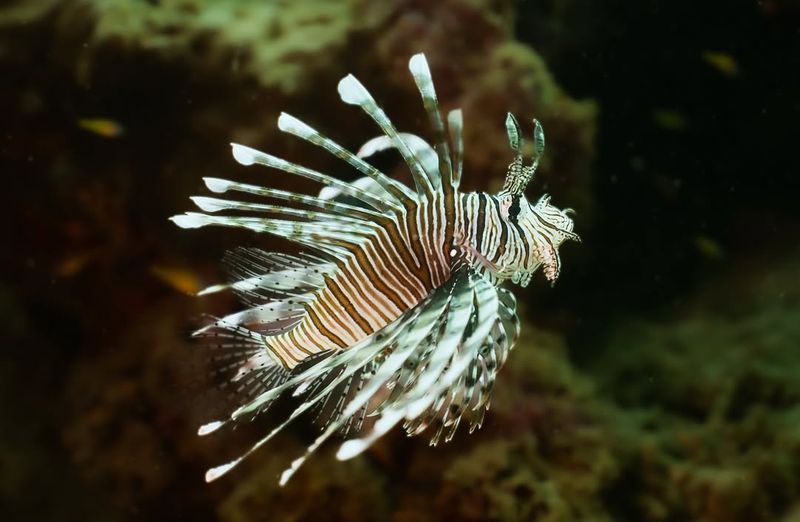
Lionfish, with their striking appearance and venomous spines, are a sight to behold. Although beautiful, their venom can cause extreme pain and nausea.
These fish have invaded many parts of the Pacific, posing a threat to local marine ecosystems.
Divers often marvel at their beauty, but it’s wise to maintain a respectful distance if you encounter them underwater.
3. Stonefish
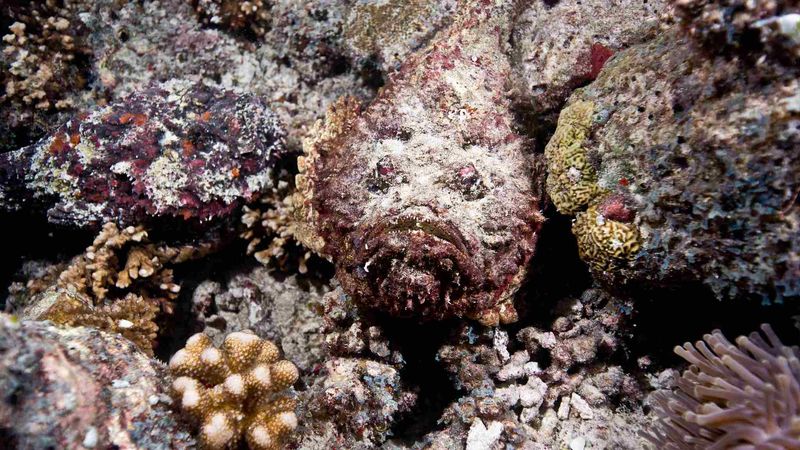
The Stonefish is a master of disguise, blending seamlessly into rocky ocean floors. Considered the most venomous fish, its spines can deliver a lethal sting if stepped on.
While they aren’t aggressive, their camouflage makes them easy to overlook. Swimmers in the Pacific should watch their step in rocky areas to avoid an unexpected encounter with this dangerous fish.
4. Pufferfish
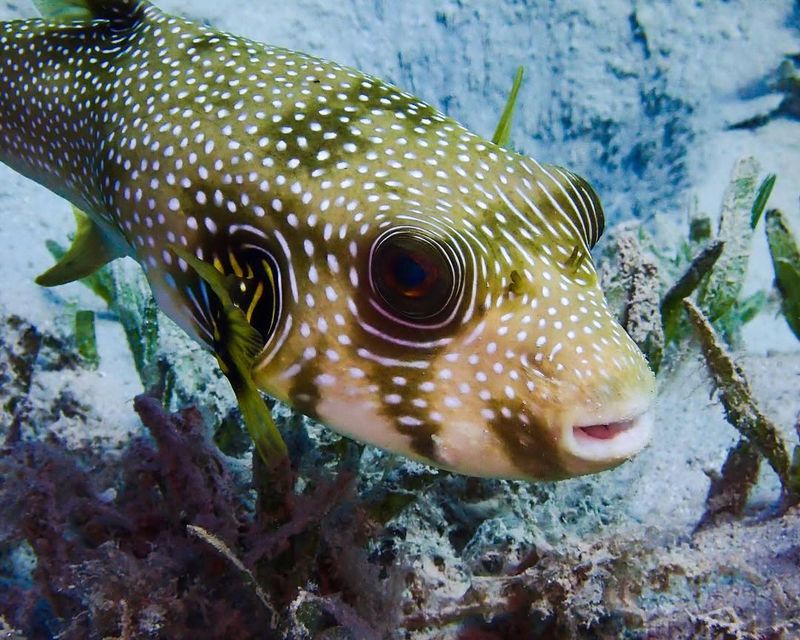
While amusing to watch, their spines contain a toxic substance that can be fatal if ingested.
Many Pacific cultures consider them a delicacy, but only trained chefs should prepare them.
Observing these quirky creatures from a safe distance is recommended for curious explorers.
5. Box Jellyfish
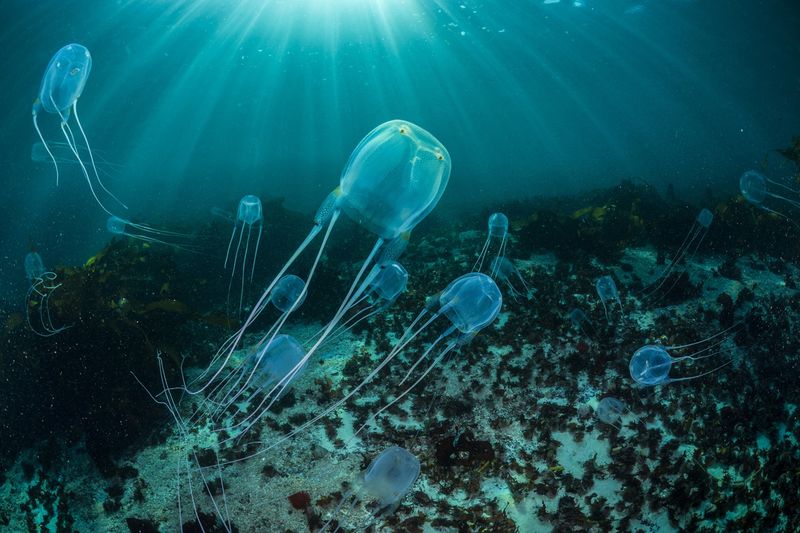
Box Jellyfish, though not a fish in the traditional sense, are notorious for their potent venom. Their nearly invisible tentacles can deliver a painful sting, causing cardiac arrest in severe cases.
Found in warmer Pacific waters, they pose a serious threat to swimmers. Wearing protective clothing while in the water can help, as encounters with these creatures are not to be taken lightly.
6. Barracuda
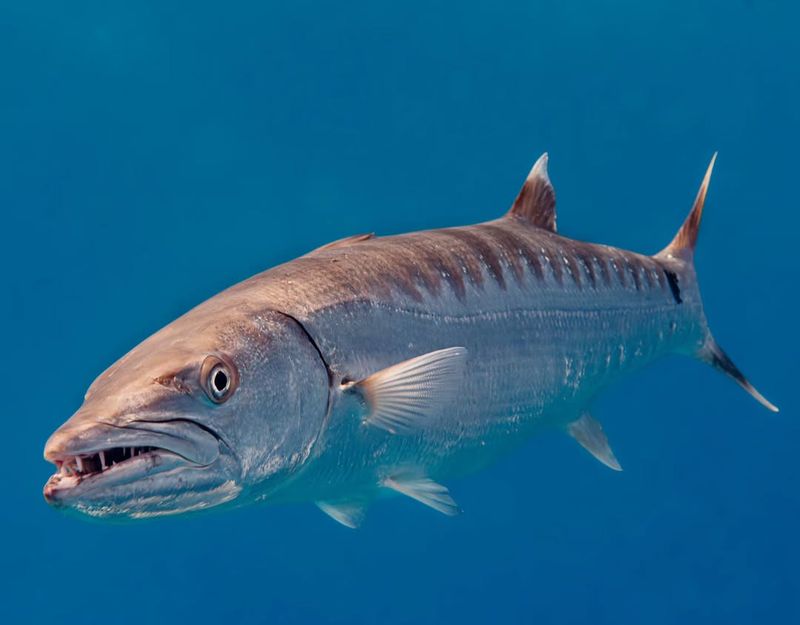
Known for sudden bursts of speed, they can catch unsuspecting fish with ease.
While attacks on humans are rare, their formidable appearance can be intimidating to divers and snorkelers.
Keeping a respectful distance is always a good practice when encountering these ocean predators.
7. Moray Eel
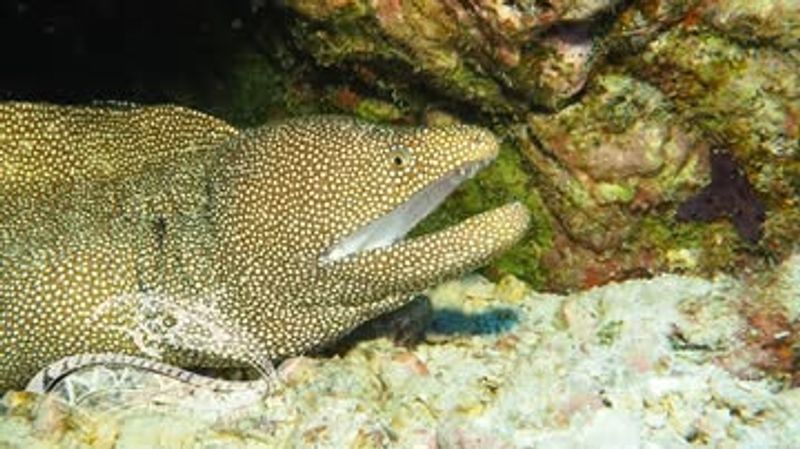
Moray Eels are often found lurking in crevices within coral reefs. Their elongated bodies and strong jaws make them effective hunters.
While not typically aggressive, they will defend their territory if threatened. Swimmers exploring the
Pacific’s reefs should exercise caution and avoid reaching into holes where these eels might be hiding.
8. Tiger Shark
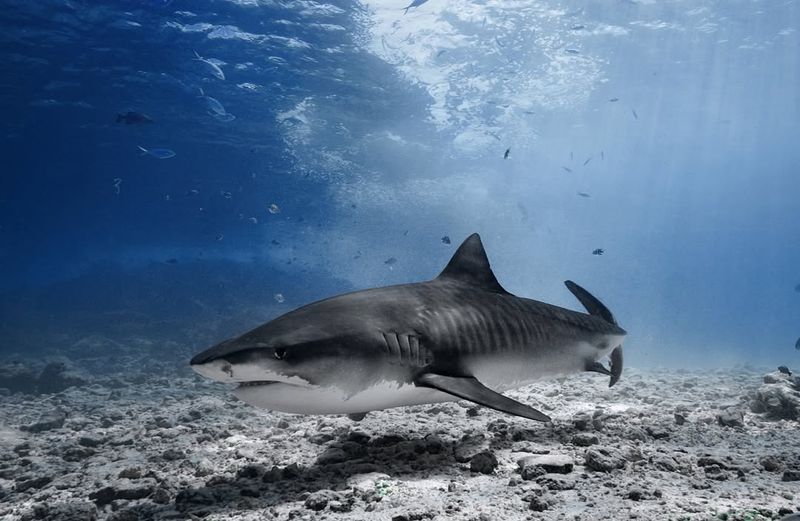
Tiger Sharks are known for their curious nature and striped appearance. They have a varied diet, consuming anything from fish to inanimate objects.
These sharks are often referred to as the “garbage cans” of the sea. Despite their fearsome reputation, attacks on humans are infrequent.
Appreciate their majesty from afar, as they play an essential role in maintaining oceanic balance.
9. Giant Trevally
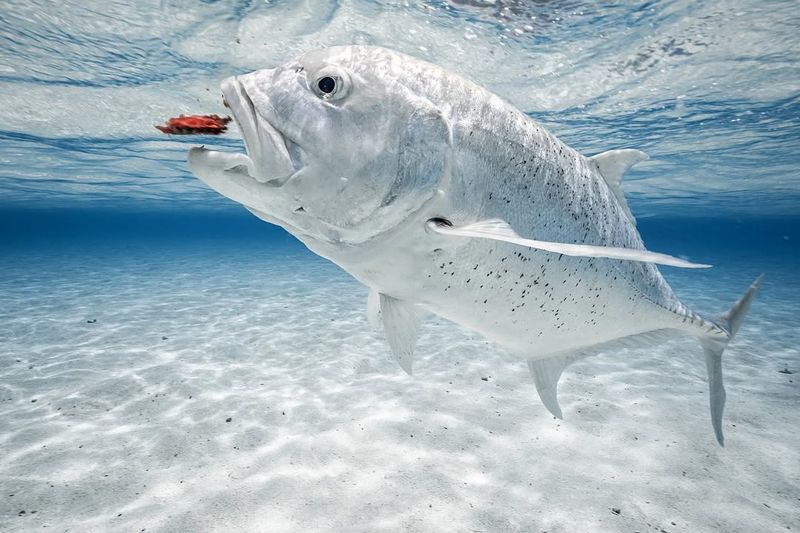
Often found hunting in schools, they can be aggressive when pursuing prey.
These fish are popular among anglers for their fighting spirit. While they don’t pose a direct threat to humans, their sheer power can be overwhelming in the water.
Admiring these giants from a boat can be thrilling.
10. Oceanic Whitetip Shark
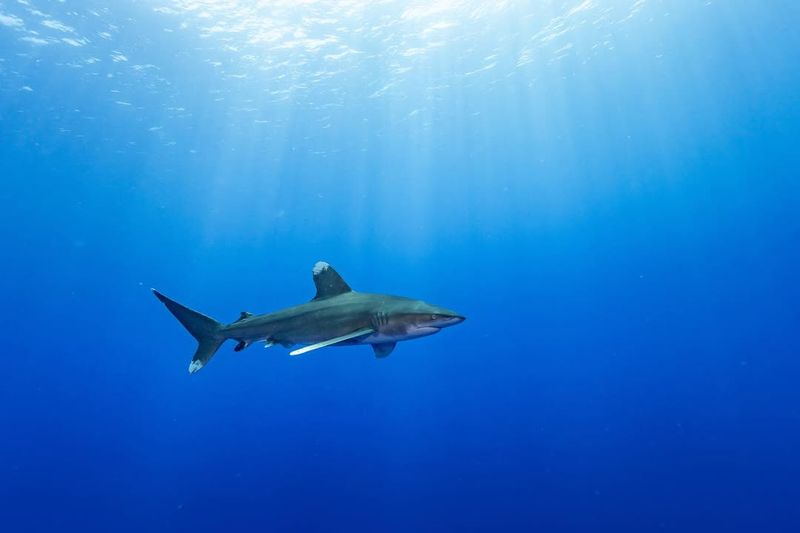
Oceanic Whitetip Sharks are known to explore open waters, far from shore. Their curious nature often leads them to investigate boats and divers.
While generally not aggressive, they have been implicated in incidents involving shipwrecks.
These sharks demonstrate the unpredictable beauty of the ocean, serving as a reminder of the vast unknowns beneath the waves.
11. Hammerhead Shark
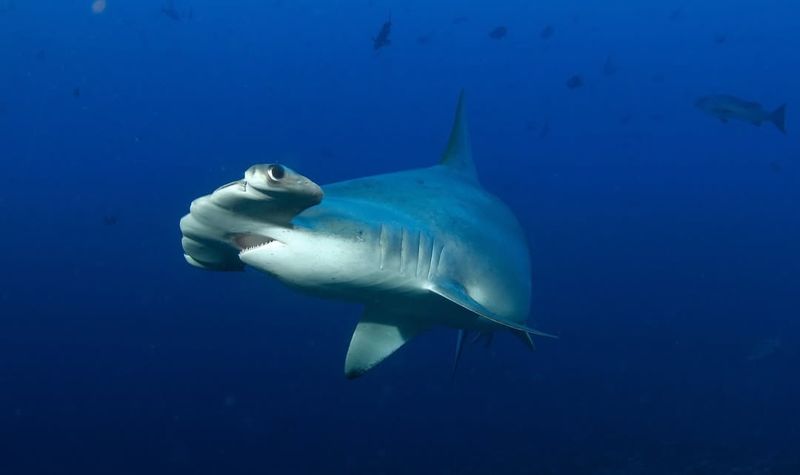
The Hammerhead Shark, with its distinctively shaped head, uses its widened senses to detect prey.
Schools of these sharks can often be seen in the Pacific, creating a mesmerizing sight. Though their appearance can be daunting, they rarely threaten humans.
Observing these creatures in their natural habitat offers a glimpse into the innovative adaptations of ocean life.
12. Blacktip Reef Shark
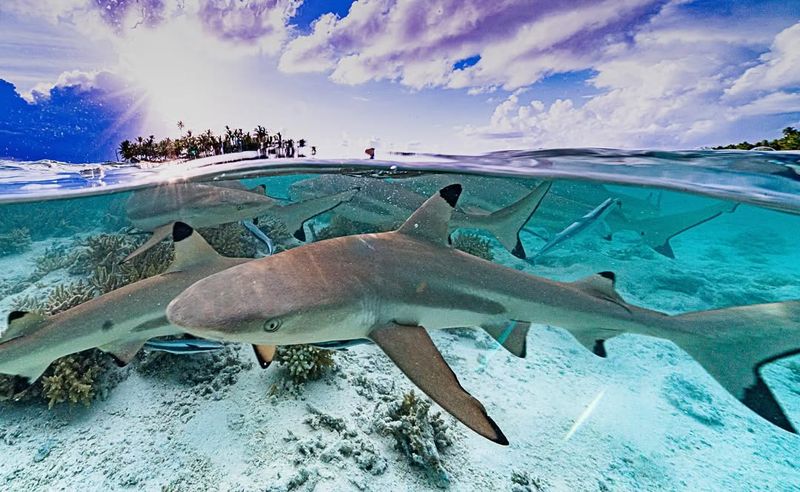
Often found cruising the shallow waters of Pacific reefs, Blacktip Reef Sharks are agile hunters with black-tipped fins.
They typically avoid humans but may approach divers out of curiosity. These sharks play a vital role in maintaining the health of the ecosystem.
Observing them gracefully glide through the water is a rare experience best enjoyed from a safe distance.
13. Wobbegong
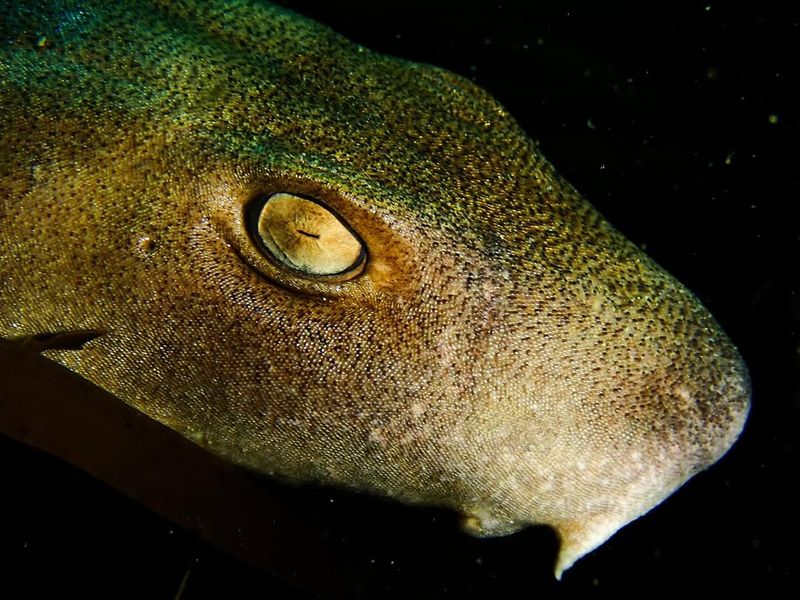
Wobbegongs, also known as “carpet sharks,” are masters of camouflage, lying motionless on the ocean floor.
Their patterned skin allows them to blend seamlessly with their surroundings. While not typically dangerous to humans, their bite can be nasty if provoked.
Observing these intriguing creatures from a distance allows for appreciation without disturbance.
14. Blue-Ringed Octopus
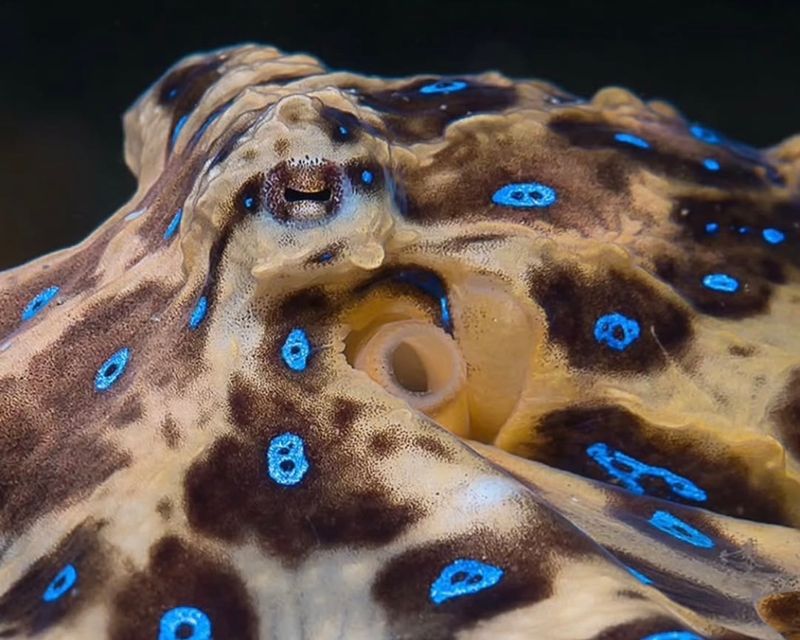
The Blue-Ringed Octopus, though small and seemingly innocuous, packs a powerful punch with its venom.
Its vibrant blue rings serve as a warning to potential predators. While bites are rare, they can be fatal to humans.
These octopuses should be admired from afar, as their role in the marine ecosystem is vital yet potentially dangerous if threatened.
15. Surgeonfish
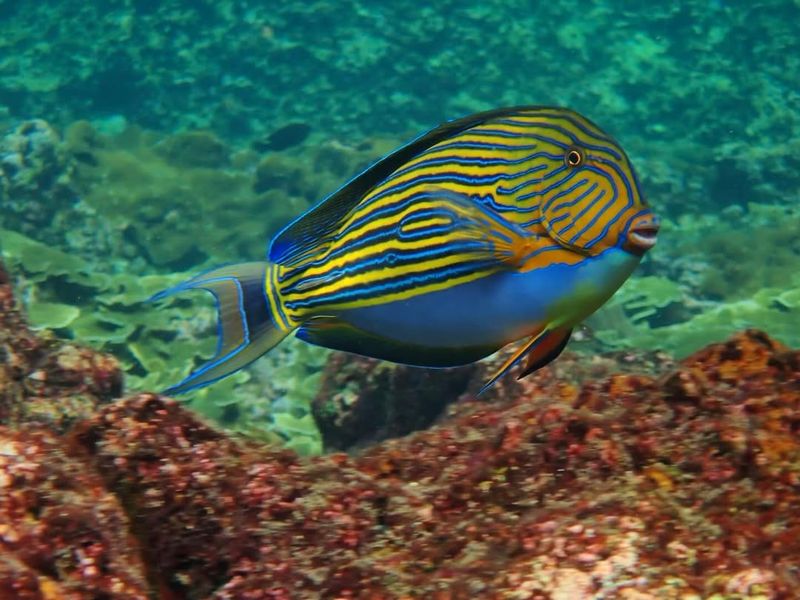
With sharp spines near their tails resembling a surgeon’s scalpel, Surgeonfish are fascinating reef dwellers.
These herbivores are often seen grazing on algae in coral reefs. Though generally not aggressive, their spines can cause injury if handled improperly.
Observing them peacefully graze on the ocean floor adds to the vibrant beauty of reef life.
16. Electric Ray
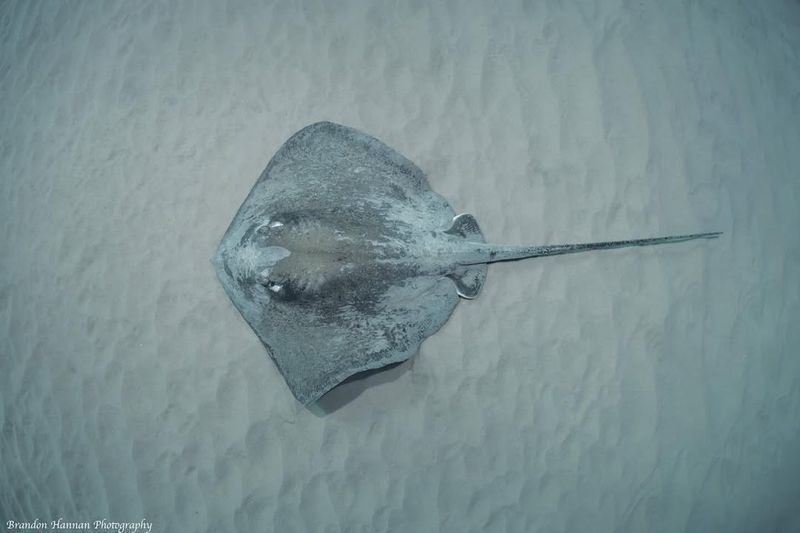
Electric Rays possess a unique adaptation: the ability to generate electric shocks. This skill helps them stun prey and deter predators.
While encounters with humans are uncommon, the shock can be startling. These rays are often found in sandy areas, blending in with the ocean floor.
Observing them from a distance ensures a safe experience while exploring the Pacific’s depths.






